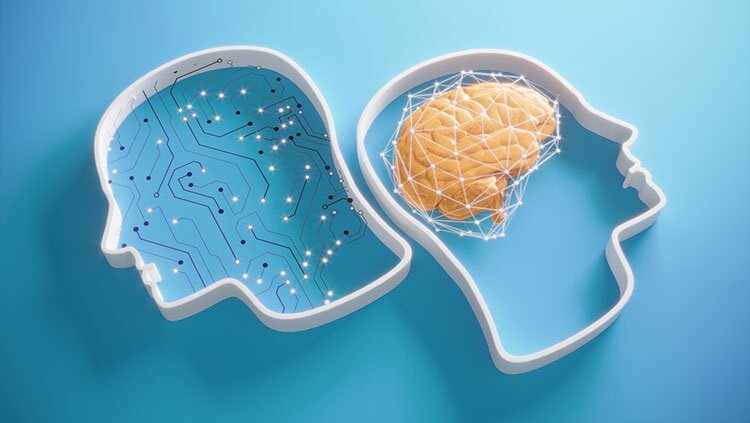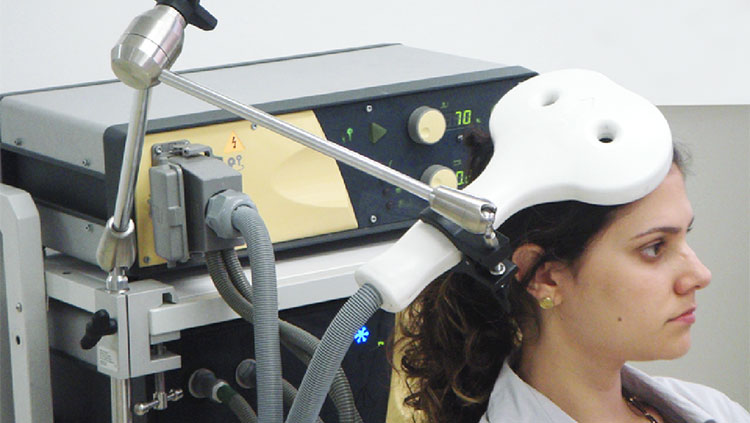Recording techniques like electroencephalography (EEG) and electrocorticography (ECoG) can provide a detailed picture of the brain’s activity. This information can help guide more tailored treatments following a stroke. But, these potential life-changing treatments will bring a slew of ethical challenges.
This is a video from the 2021 Brain Awareness Video Contest.
Created by Konstantin Mueller.
CONTENT PROVIDED BY
BrainFacts/SfN
Transcript
Hello! Let me explain how we can improve clinical therapies by using neurotechnological devices.
Here comes Gerald. Yesterday, he was enjoying his new life as a retiree. But all that changed abruptly when he suffered a stroke. Now he can't move anymore. He finds himself in a situation he never had to endure before: control over his own body has left him and every aspect of life has become a hurdle! The doctors are unable to give him hope. Gerald will probably never regain the full functioning state of his body and the small but uncertain steps of minute improvements will take weeks to months.
Okay, that’s a fictional story, but this particular situation happens more than 700,000 times a year in the United States alone. But what will you say if there is an efficient way to help Gerald and all the people with neurological diseases? Let’s dive in.
We see the gyri and sulci. Now we reach the neurons. Neurons have three main functions. ffirst, they register input encoded as an electrochemical stimulus to their dendrites. Second, they compute an output signal in conjunction with other inputs. Third, our neurons send an output, which now can either be passed on to another neuron for further information processing or reach the external nervous system to trigger a specific response such as speaking or moving our legs.
An essential mechanism to detect and interpret the neuronal communication sequence of the neurons is an electroencephalogram, or EEG. The functional components of an EEG are electrodes and a computer. With the electrodes attached to the head, we can record signals from the working brain. We can visualize these signals as distinct waves. Four different EEG phenomena are defined in the human brain. Alpha rhythms are typical for awake persons with closed eyes. Beta activity indicates mental activity and attention. Theta and delta waves indicate drowsiness, sleep, or disease.
A special detail of an EEG is P300. P300 is a wave complex that follows the recognition of a known pattern. As you can see, we can extract a lot of information from an EEG.
Besides an EGG, however, brain activity can also be measured with an ECoG, which stands for electrocorticography. For this, we have to implant electrodes directly on the brain windings. This avoids signal attenuation and loss due to the dense skull, and therefore achieves a much higher resolution of the signals. On the other hand, it requires an invasive procedure and only obtains feedback from a specific area of the brain, or even from a few neurons.
As we are able to identify areas of the brain responsible for specific sensory tasks such as speech, vision, and so on, we will register direct connections between firing nerves and signals. Both EEG and ECoG are good ways to register what our brain is doing. With the help of artificial intelligence-based pattern recognition, even the relatively indirect signals from brain regions are becoming more meaningful. Future brain-computer interfaces will be capable of two-way communication. It will be a receiver that sends signals to an intelligent computing unit and then sends stimuli back to return control.
This is really great news for Gerald. But before we go any further, let's quickly expand our critical minds as scientists. Will brain implants be affordable for everyone, or are we widening the gap between the poor and the wealthy few? Will brain implants be used only in healthcare or even to enhance healthy brains to create high-performance humans or to arm soldiers?
New technology is always a challenge to society and a topic of political debate. But on the other hand, if we can manage the possible downsides and dangers, we have the potential to relieve patients from severe suffering. With these challenges in mind, let's finally go back to Gerald. Imagine his doctor can tell him he will regain control after all, and he will once again be able to pursue his hobbies and actively participate in the lives of his family.

















